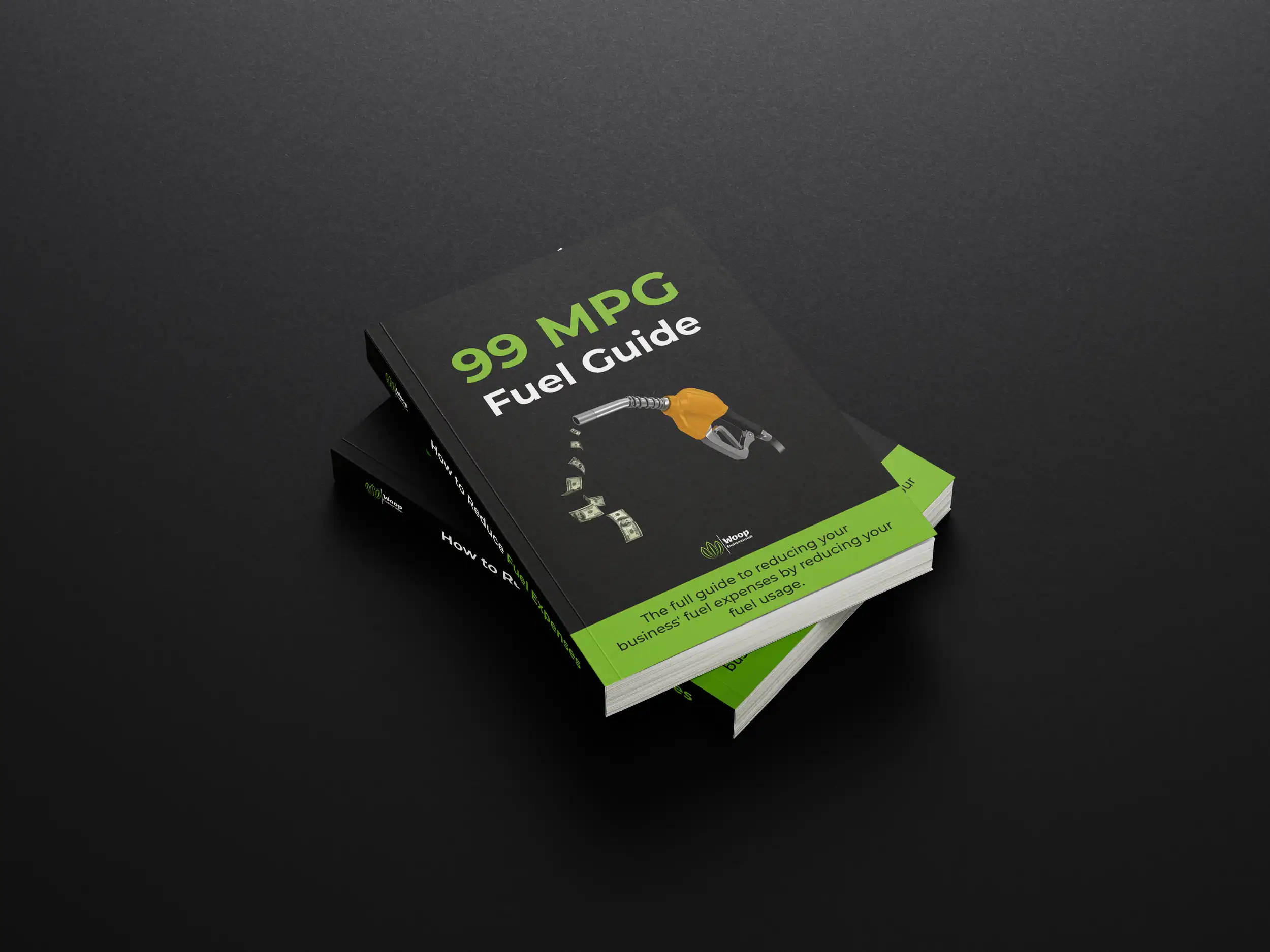Fuel efficiency is something super easy to tackle but you have to look at more areas than inside the vehicle. We’ll be covering exactly how one of our Fuel EIPs would look with a fictional business example. So this is everything you do to reduce fuel costs in a business.

Our fictional business will be a non-emergency medical transport company. This brings the challenge of not being able to change the times at which patients are picked up and dropped off which means that all of our route optimization will be very difficult. Most businesses, especially trades businesses will have an easier time with the appointment setting part but a much trickier time with the loading of the vehicles and the management of each vehicle as we’d set up each vehicle to tackle only certain jobs in order to improve fuel efficiency.
We need to start by assessing how efficiently the vehicles are being used. So we’ll see the company’s previous fuel expenses for each vehicle along with how many miles each vehicle drove in the time period we want to calculate. We then compare the MPGs to the MPGs each vehicle could or should have for that amount of driving and the specific routes each vehicle drove. Typically we see that it can be improved and for this example we’ll say that for the routes they are driving they are a bit down on the potential fuel efficiency for those routes.
Once we see that we know that there is a driving or loading issue. In a medical transport company it is not a loading issue, it is almost always a driving issue. Remember we are not looking at the optimal routes yet, we are comparing the real data to the potential figures we should be seeing for the same routes. Because it is a medical transport company, we won’t ask to shadow their drivers and see how they accelerate and brake and hold speed. So we would go just note that there is an issue with the driving and when the moment is right in our Fuel Efficiency Improvement Plan, we’ll provide training to all the drivers.
The next area to look at is navigation. We differentiate the turn to turn route from point A to point B by calling that navigation and then the planning of the daily route as routing. For navigation, it’s quite simple, we ask the owners if their drivers are using the most efficient route in their navigation software. Most apps will give you an option to go on the most efficient route and in most cases that can see an increase of 10% fuel savings per vehicle when used for long enough. They also usually are either the quickest option or within a minute of the quickest option so there is no time being wasted using them. If the company uses a more specialized GPS software we will look to add that feature to it to ensure the drivers take the most efficient point to point route.

Routing. This is the biggest limiting factor to fuel efficiency. If fuel efficiency was a class, this section would be worth 90% of your grade. Our focus with routing will be firstly to drive the least amount of distance possible, and secondly reduce the distance traveling uphill. This is extremely important in Colorado Springs as we have a lot of hills. The tricky part here is our fictional company, we cannot decide how appointments are set so we’ll need to get creative with how we route each vehicle.
We’ll calculate what the best option is here. Usually this will lead to the most efficient vehicles going uphill the most or traveling more distance. Because we cannot set appointment times ourselves we will have vehicles running inefficient routes. We’ll minimize that by giving each vehicle appointments within the same area where we base the pickups as close as possible to the previous drop offs. The longest and least efficient routes for each day will be given to those higher efficiency vehicles. We’ll develop a system that will automatically calculate this for each and every vehicle and give the company a really easy summary at the start of each day.
Loading is insignificant for this company as they transport people from one point to another and they do not need any tools or materials. If you want to learn about proper loading for fuel efficiency, go check out our free guide linked further up in this article.
So that is all for this company. We should see a solid 20% decrease in fuel expenses within the first month of these changes being implemented. Since we are also focused purely on the usage and not on the supply chain of fuel, any increases in fuel prices will not affect this company as heavily since they use less fuel now.
If you want help reducing your companies fuel expenses you can book our Fuel Efficiency Improvment Plans by using the button below. You’ll have no upfront costs as we only charge a portion of what we save you!
Always so helpful! Very responsive. Super professional. Great information and advice for growth!!!